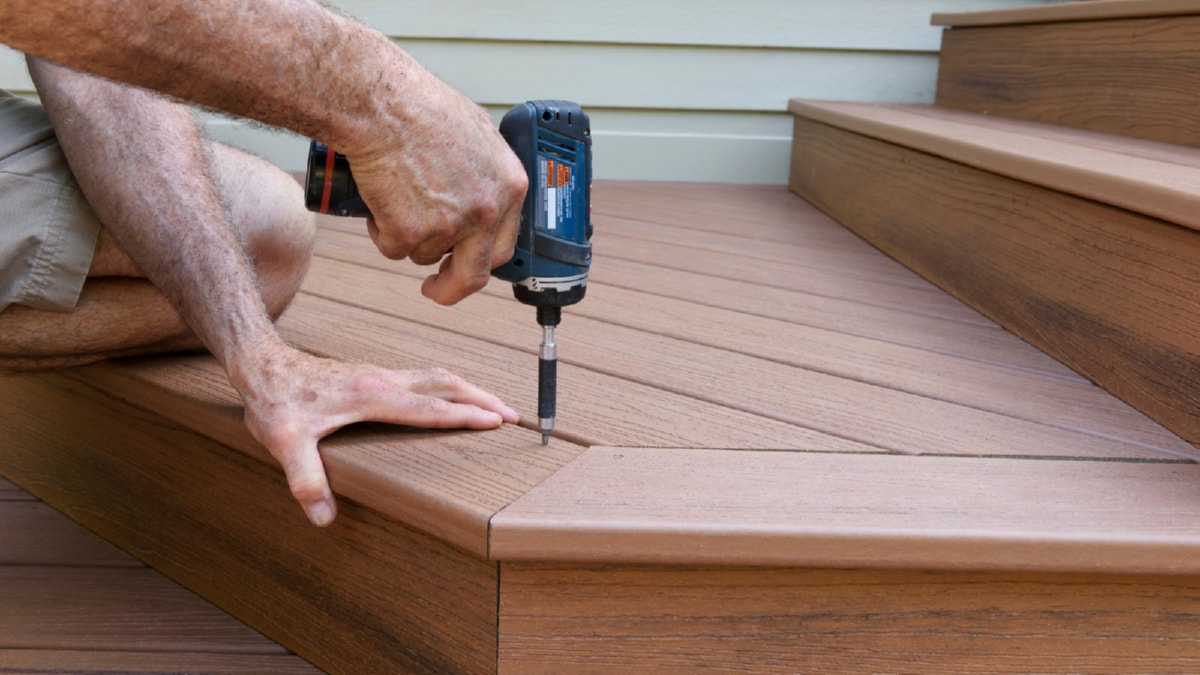One of the most potent green building techniques is the use of sustainable building materials. This may include recycled steel, bamboo, cork, and reclaimed wood. These materials are not only sustainable but also extremely durable, reducing the need for frequent maintenance and replacements. Moreover, they help to lower the carbon footprint of the building process.
Green insulation is another key technique that can significantly reduce energy consumption and, consequently, the carbon emissions of a building. Traditional insulation materials are often energy-intensive to produce and can contain harmful chemicals. Green insulation materials, on the other hand, such as sheep’s wool, cotton insulation, and icynene (a type of spray foam), are renewable, have low embodied energy, and are non-toxic.
Solar energy installations are a cornerstone of sustainable construction. Harnessing the power of the sun not only reduces reliance on fossil fuels but also leads to substantial energy savings over time. Photovoltaic solar panels, solar water heaters, and solar-powered ventilation systems are all viable options for sustainable construction.
Water conservation is a crucial aspect of green building techniques, given the increasing scarcity of this resource worldwide. Incorporating rainwater harvesting systems, greywater recycling systems, and water-efficient appliances can drastically reduce water usage in both residential and commercial buildings.
Another innovative green building technique is green or living roofs. These roofs are covered with vegetation, reducing the urban heat island effect and providing excellent insulation. They also offer habitats for wildlife and space for urban farming.
Aside from these techniques, the design and orientation of the building itself play a critical role in sustainable construction. Passive design techniques aim to maximize natural light and ventilation, reducing the need for artificial lighting and air conditioning. These include orienting the building to make the most of the sun’s path, designing overhangs to provide shade, and using thermal mass materials to regulate indoor temperatures.
Moreover, building certification programs such as LEED (Leadership in Energy and Environmental Design) and BREEAM (Building Research Establishment Environmental Assessment Method) provide guidelines for sustainable construction and recognize buildings that meet their standards. These programs encourage the adoption of green building techniques and promote a holistic approach to sustainable construction, covering areas such as energy efficiency, water use, waste management, and indoor environmental quality.
In conclusion, green building techniques offer a practical and efficient way to reduce the environmental impact of construction, while also providing significant cost savings over the lifecycle of a building. As awareness of climate change grows, these techniques are likely to become increasingly prevalent in the construction industry. By embracing these techniques, we can create buildings that not only provide shelter and comfort but also contribute to the health of our planet.
For more details, check best masonry services or visit their business listing here.



